When you’re shooting portraits at a location with a mixture of ambient and artificial light, how do you make sure your lighting setup works? The trick, usually, is in underexposing for the ambient light by one to two stops. This helps keep the details in the sky and adds drama to shot. But there’s more to it, as Gavin Hoey explains:
The Exposure Triangle
The Olympus EM1 Mark II shoots at a minimum (native) ISO of 200. This is where Hoey set his mark. The shutter speed is defined by the sync speed of the camera. He was using a strobe and the maximum sync speed of the EM1 Mark II is 1/250 of a second. Combining these two he would get the aperture that he needed.
Remember, Hoey had also dialed in a negative exposure compensation of 2, which means the camera was going to give the aperture considering the negative exposure compensation. In this case, it was f/16.
Unsurprisingly, the resulting shot is dark. The subject was almost in the extreme left of the histogram and the background too was quite dark.
The next step was to bring the flash into the equation. Hoey metered the flash at its default settings. A quick reading and it appeared that the flash was firing just the right amount of light for the aperture setting of f/16.
Remember, the flash setting had to match the camera aperture setting, otherwise it would fire more or less light and over or underexpose the image.
Et voila. How simple was that?
But one thing that still wasn’t quite right was the background. Because Hoey was using a very small aperture, almost the entire background was very sharp. That may work in some situations but not in all situations. So, how do you make the background melt away?
Using a larger aperture, of course. But how do you use a larger aperture with the flash sync speed limitations? High-speed sync to the rescue.
Set your camera to high-speed sync. Now your camera can be set to a much faster shutter speed and allow you to use a much wider aperture for beautiful background blur. It actually made a difference of five stops in this case!
This is what Hoey got sans the flash.
Underexposed, as you probably guessed.
Now’s the time to bring in the flash. One of the downsides to using high-speed sync is that the flash meter doesn’t work in this situation (at least the one that Hoey used). So, he had to employ a bit of trial and error.
A couple of tries later, this is what he achieved.
How did this happen? How could the flash suddenly circumvent the limitations of flash photography? The trick is the flash and the camera are able to exploit a loophole in how the shutter curtains work.
As you are aware, the shutter curtains (there are two of them) open and close to allow light to pass through during an exposure. The faster the exposure, the shorter is the gap between one curtain opening and the second curtain closing. With high speed sync, the flash fires intermittently, as the slit between the two curtains passes across the sensor, thereby exposing the whole image.
You need to remember one more thing. When using the high speed sync technique, the flash tends to use a lot of power. This is why a smaller flash may not be suitable, especially in outdoor portrait scenarios. A freshly charged battery also makes sense precisely for the same reason.
Try out this technique and show us your results!
Like This Article?
Don't Miss The Next One!
Join over 100,000 photographers of all experience levels who receive our free photography tips and articles to stay current:
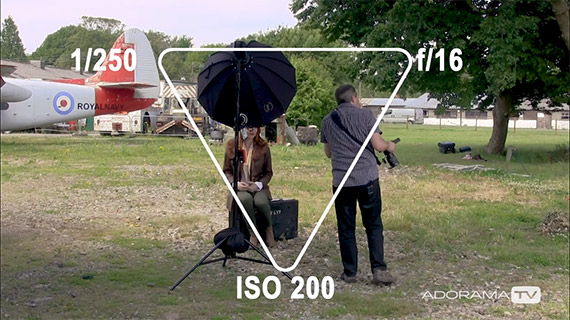
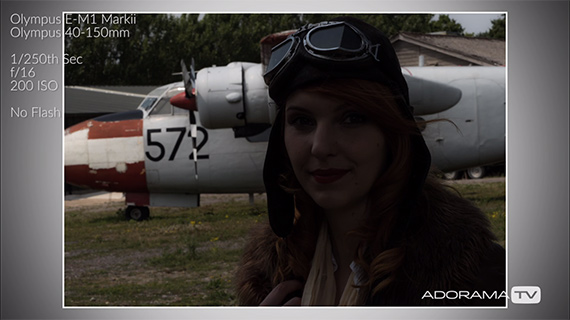
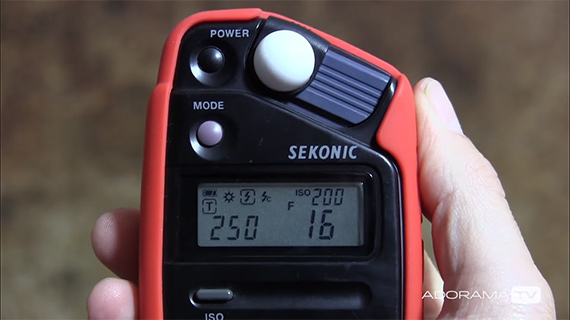
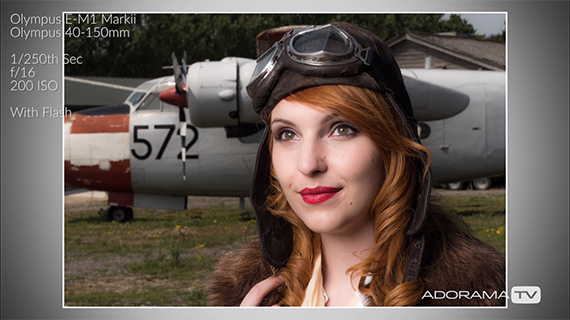
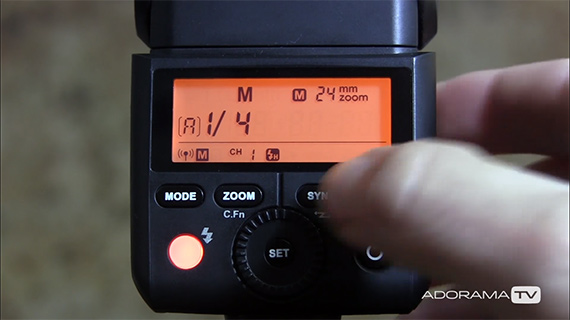
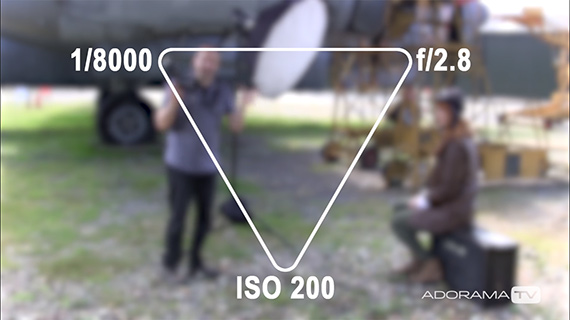
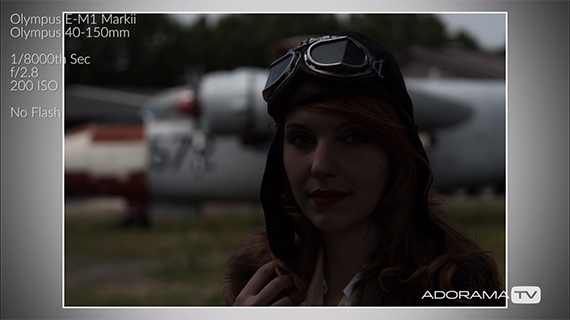
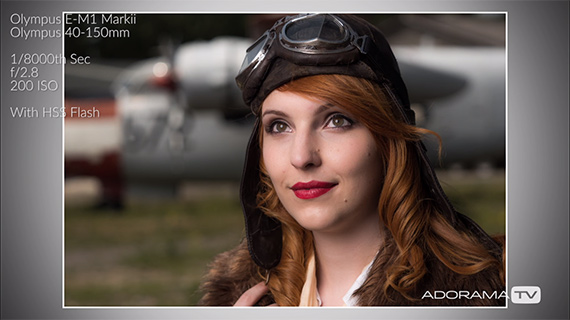





Leave a Reply